” Matsu once told me the bridge represented the samurai’s difficult path from this world to the afterlife. When you reach the top of the bridge, you can see your way to paradise. I feel as if the past few days have given me a glimpse of that. To simply live a life without fear has been a true paradise. ” (58)
In fall 1937, on the eve of Sino-Japanese War and Second World War, twenty-year-old Stephen is sent to his family’s summer house in Japan to recover from tuberculosis, away from Hong Kong’s stifling heat and humidity. Matsu, the housekeeper, has spent the entirety of his adult life living and taking care of Stephen’s grandfather’s beach house in Tarumi. As the young man regains his health, he has adapted to the silence of the village and welcomes the freedom it offers. Even when the awkwardness between Stephen and the morose Matsu, with whom “everything is in what he doesn’t day” (59) dissipates, Stephen can’t help wondering the true reason for Matsu’s staying behind in Tarumi.
But what of Matsu? Had he been so cruel in another life? In Tarumi he had always made his way as quietly as possible, never creating any disturbances. But look what he has become to me, my bearer of burdens. (139)
A visit to a woman named Sachi up in the mountainous village of Yamaguchi, a leper colony, answers the question. Sachi’s flawless childhood was irrevocably set apart by the suffering she endured as a young woman. Her disease has broken the engagement with Kenzo and brought disgrace to her family. Young Matus became the go-between for the two. Kenzo, out of shame and guilt, ended up taking his own life. After a futile suicidal attempt, Matsu brought Sachi to Yamaguchi, where she rebuilt her life.
It was Matsu who built this house for me away from the village. At the time, he knew I couldn’t face being so close to the others. He was the one who carted every piece and stone up the mountain, when no one else would come within sight of us. In many ways, it was Matsu who built Yamaguchi. Many of us would have simply perished without him. (129)
The Samurai’s Garden exudes a beauty that transcends the scope of the story between Sachi, Matsu, and Kenzo. It’s a beauty rooted deep in the psyche of a people who in the face of tragedy cope with grace and meekness. Full of wisdom and conviction, Matsu has always known that real beauty comes from deep within; and that beauty exists where one least expects to find it. For those who live a charmed life of grace and ease, like Sachi and Matsu’s sister Tomoko, their lives, which draw satisfaction from physical and outward beauty only, come to an end when leprosy afflicted them. Written with such lyrical fluidity, the entwined love story of Matsu and Sachi unveils as war in China moves with a quick brutality, tearing the young man apart in his desire to be with his family. The novel maintains an air of majestic quietude, as it gradually unfolds how Matsu changes the lives of those who see no hope. It moves readers by his remarkable selflessness, capacity to love, faith in goodness in a culture where politeness and honor carry more weight than kinship. He’s the samurai who thrives in silence, building a garden that offers the path hoping for more. This quiet beauty will stay with me for a very long time.
211 pp. St. Martin’s Griffin softcover. [Read/Skim/Toss] [Buy/Borrow]
Filed under: Books, Contemporary Literature, Japan, Literature | Tagged: Books, Gail Tsukiyama, Japanese Literature, Literature, The Samurai's Garden |















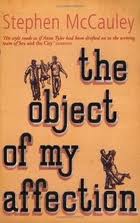





















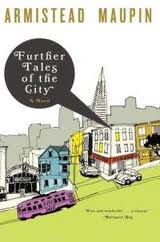









































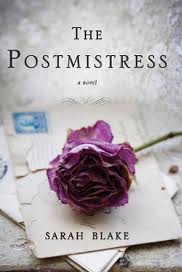












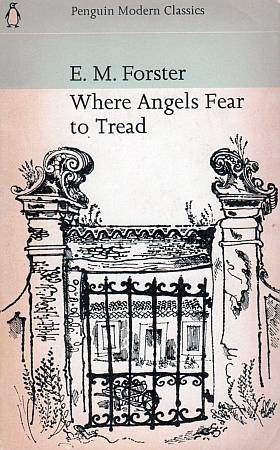















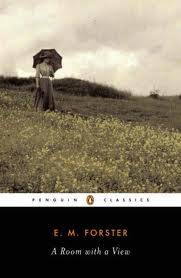








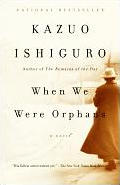

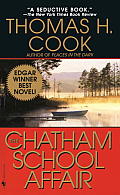




















































































































































This sounds like an excellent story. I really enjoyed Women of the Silk by this author, and this one sounds like a good one for me to dive back into her work. Great review!
I stumbled upon this book at the library sale. I thought the story of a young Chinese man recovering from illness in pre-WW2 Japan is intriguing. This novel is all about quiet beauty. It’s like a cup of green tea–to be savored long after the last sip.
Nice review. I’ve had two of Tsukiyama’s other books on my TBR shelf for years now. I really must get around to reading them. I think this post just helped to promote them closer to the top of the stack.
Amazing I have never heard of, let alone read, Gail Tsukiyama consider she is a local author who lives just 15 minutes from my work! I am going to explore her other works that have earned praises galore from book bloggers.
I’m glad to hear you liked this- I have another one of her books in my TBR (deep in my TBR) and I was considering weeding it. Now I think I’ll hold on to it for now!
Which book do you have? Maybe we can read along together. 🙂
It’s probably been 10 years since I read this, but I do remember the quiet beauty. Have had Women of the Silk on my wish list ever since.
I’m not surprised you have enjoyed the book and it seems to me that it has stayed with you. The majestically quiet writing and how envelops of the past just slowly unveils remind me of books that I really like. I should look for Women of the Silk.
You’ve reminded me that I own a copy of this book, as yet unread. Leprosy in fiction has always interested me and I Bookmoched this a while back. As it is also set in Japan, it has special appeal. Glad to see that you recommend it. I’ll go dig it up. Thank you.
On a side note, since leprosy is your interest, check out Moloka’i by Alan Brennert. The Hawaiian island was a leper in late 19th to early 20th century. I have yet to read it but it’s high on my pile. As per Gail Tsukiyama, I cannot believe I haven’t read her sooner. I especially enjoy her quiet prose.
This is an author I’ve been wanting to try, especially since I’ve read so little about Japan during WWII. Thanks for the recommendation! I’ve linked to your review on War Through the Generations.